Advising "Fuel and Electricity Hybrid" Vehicles to Increase Gasoline Usage Instead of Idealizing Open Supercharging
![]() 05/05 2025
05/05 2025
![]() 558
558
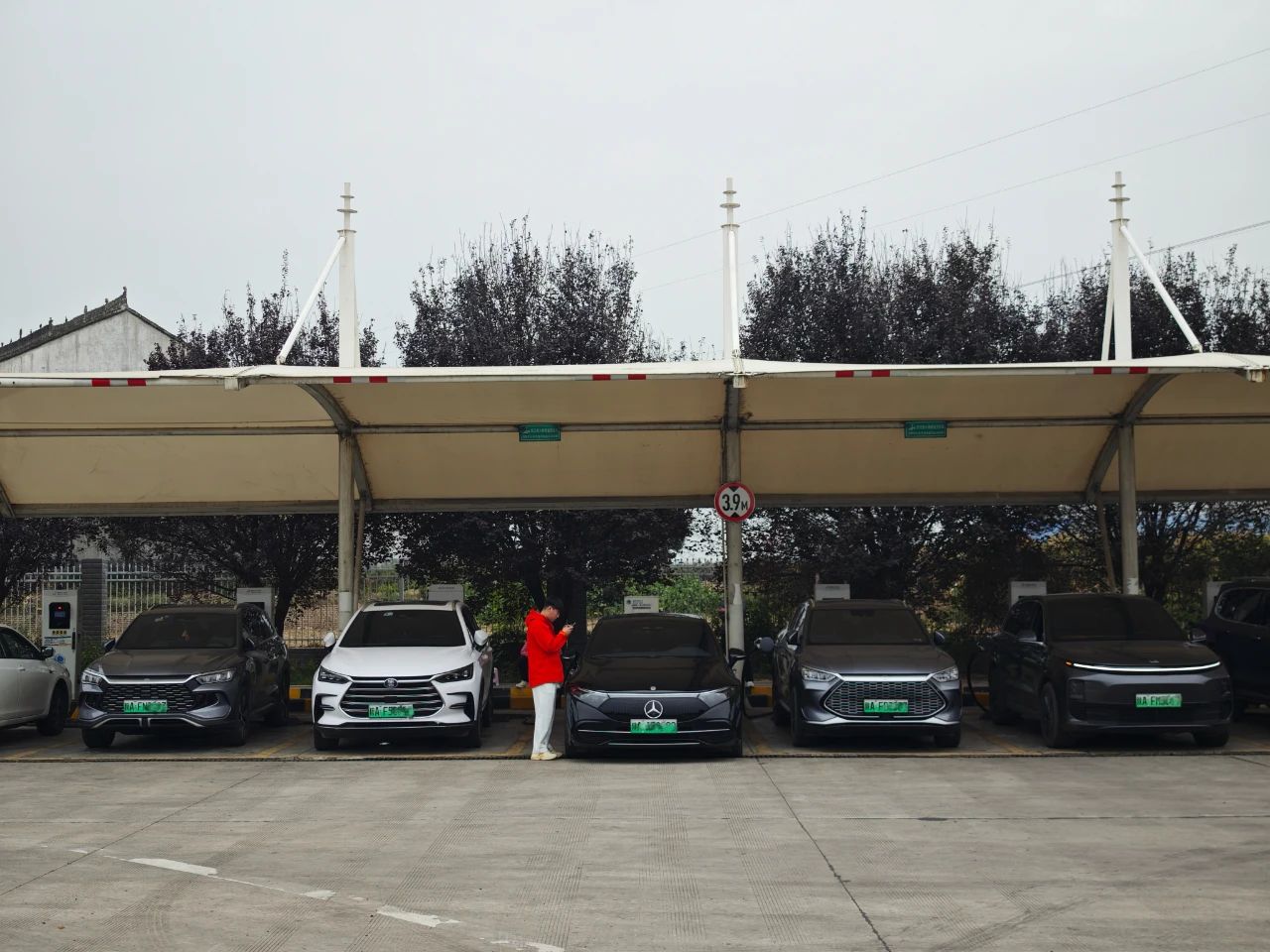
Source: YuanAuto
As the peak of long-distance self-driving travel approaches, both relevant management departments and seasoned drivers are increasingly concerned about the challenge of high-speed charging for new energy vehicles.
According to Lixiang Auto's official website, before this year's May Day holiday, 181 5C supercharging stations in Chongqing and Zhejiang responded to the demands of high-speed related departments by opening their 5C supercharging piles to all brands of new energy vehicles. Previously, these piles were exclusively for Lixiang Auto's pure electric model, MEGA.
However, neither Lixiang owners nor onlookers are optimistic that this measure will genuinely address the issue.
On one hand, the charging experience of MEGA is likely to be compromised with the opening of 5C charging piles to other vehicles. On the other hand, even if Lixiang removes software restrictions to allow other brands to maximize the charging power of 5C supercharging piles, most new energy vehicles on the market have a charging rate of only 1C-2C, thus failing to significantly ease the charging pressure in service areas.
To truly resolve the charging problem, at this juncture, more sophisticated management strategies are imperative.
01
Encouraging "Fuel and Electricity Hybrid" Vehicles to Utilize More Gasoline
According to data from the China Association of Automobile Manufacturers, 40% of the 12.86 million new energy vehicles sold in China in 2024 were plug-in hybrid vehicles (hereinafter referred to as "plug-in hybrids"), including extended-range hybrids. In other words, a significant proportion of "green license plate vehicles" on the market can actually run on gasoline.
In fact, "fuel and electricity hybrid" is a key selling point for automakers to alleviate consumers' range anxiety about new energy vehicles when introducing plug-in hybrid models to the market. However, in real-world scenarios, even though these vehicles are "fuel and electricity hybrid," a large number of owners prefer to use only electricity.
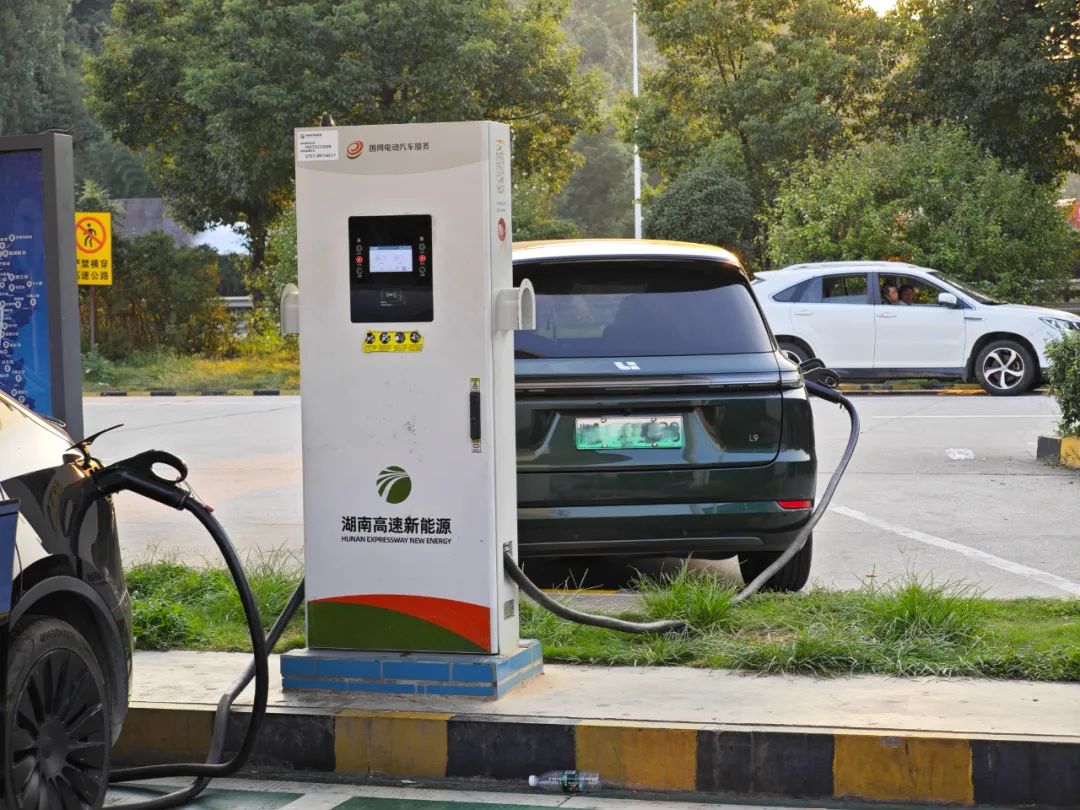
Driving a plug-in hybrid vehicle solely on electricity is not only cheaper but also quieter and smoother due to the absence of the need to start the range extender/engine. Consequently, among plug-in hybrid vehicle owners, there's a popular joke about gasoline expiration—referring to owners who fail to burn a full tank of gasoline within its 3-6-month shelf life and use pure electric drive mode for daily commutes.
Of course, consumers have the freedom to use their vehicles as they please, which is entirely understandable. However, in specific scenarios such as high-speed charging during holidays, if owners of these plug-in hybrid vehicles can use more gasoline, it will benefit both themselves and others.
Currently, most plug-in hybrid vehicles on the market have a low charging rate and generally smaller battery capacities compared to pure electric vehicles, resulting in a narrower efficient charging range. Thus, when charging for the same 20 minutes, the amount of electricity replenished is often less than that of pure electric vehicles. For pure electric vehicles waiting to charge, if plug-in hybrid vehicles opt to use gasoline on the highway, there will be fewer vehicles "competing" for charging piles, and the "turnover" rate of each charging pile will also increase.
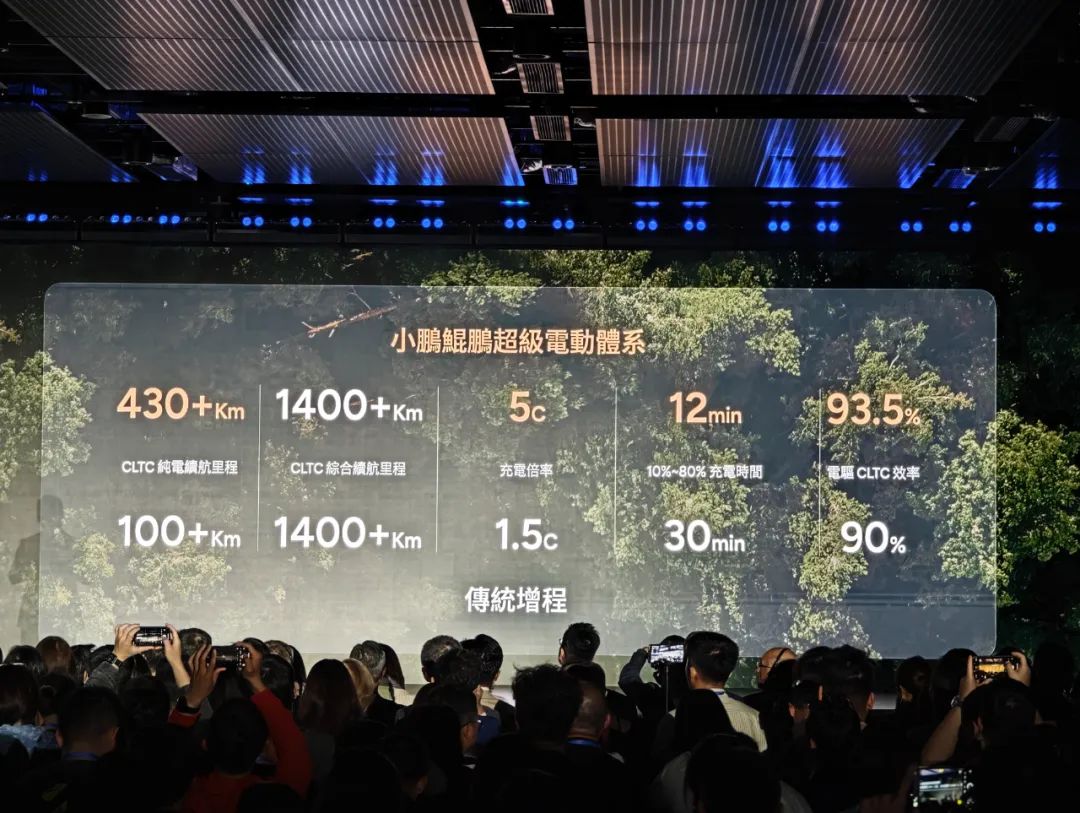
In fact, with technological advancements, plug-in hybrid vehicles launched in the past one or two years have addressed the shortcoming of "great when there's electricity, poor when there's no electricity." Issues such as noise and vibration control during range extender/engine operation, reduced vehicle power, and increased fuel consumption when the battery is low, have all been resolved with mature solutions.
Taking the issue of increased fuel consumption at low battery levels, which impacts travel costs, as an example, many automakers have achieved low battery fuel consumption levels below 5 liters per 100 kilometers by employing range extenders/engines with higher thermal efficiency and optimizing the charging and discharging performance and logic of the battery during driving.
According to YuanAuto's experience, the electricity consumption of plug-in hybrid vehicles in pure electric mode generally reaches 20 kWh per 100 kilometers on highways. Based on the price of approximately 7.5 yuan per liter for 92 gasoline and approximately 1.5 yuan per kWh for electricity in highway service areas, the cost difference between using gasoline and electricity for plug-in hybrid vehicles on highways is approximately 10 yuan per 100 kilometers.
If there are discounts at gas stations, it is entirely possible that using gasoline is cheaper than using electricity. If relevant departments aim to enhance charging efficiency in service areas, they might start by doing the math for plug-in hybrid vehicle owners.
02
Not Relying on Ultra-Fast Charging Just Yet
In fact, even if plug-in hybrid vehicles are successfully persuaded to use more gasoline on highways during holidays, the remaining issue of charging pure electric vehicles remains a significant challenge. It should be noted that according to data from the Ministry of Public Security, as of the end of 2024, the number of pure electric vehicles in China was 22.09 million.
Regarding the issue of high-speed charging for pure electric vehicles during holidays, some market perspectives this year believe it will be overcome by charging technologies with a charging rate of 10C or even higher, such as BYD's "MegaWatt Flash Charge" announced in March, which can add 2 kilometers of range per second. However, such thinking remains overly idealistic.
"Using 10C or even 12C ultra-fast charging in service areas to fully charge a pure electric vehicle in 5-10 minutes, with efficiency comparable to gas stations, sounds plausible and theoretically achievable, but there are still numerous practical implementation hurdles." On April 30, a charging-related expert from a new force automaker told YuanAuto that deploying charging piles with a charging rate of 10C on highways poses numerous difficulties from both construction and operational perspectives.
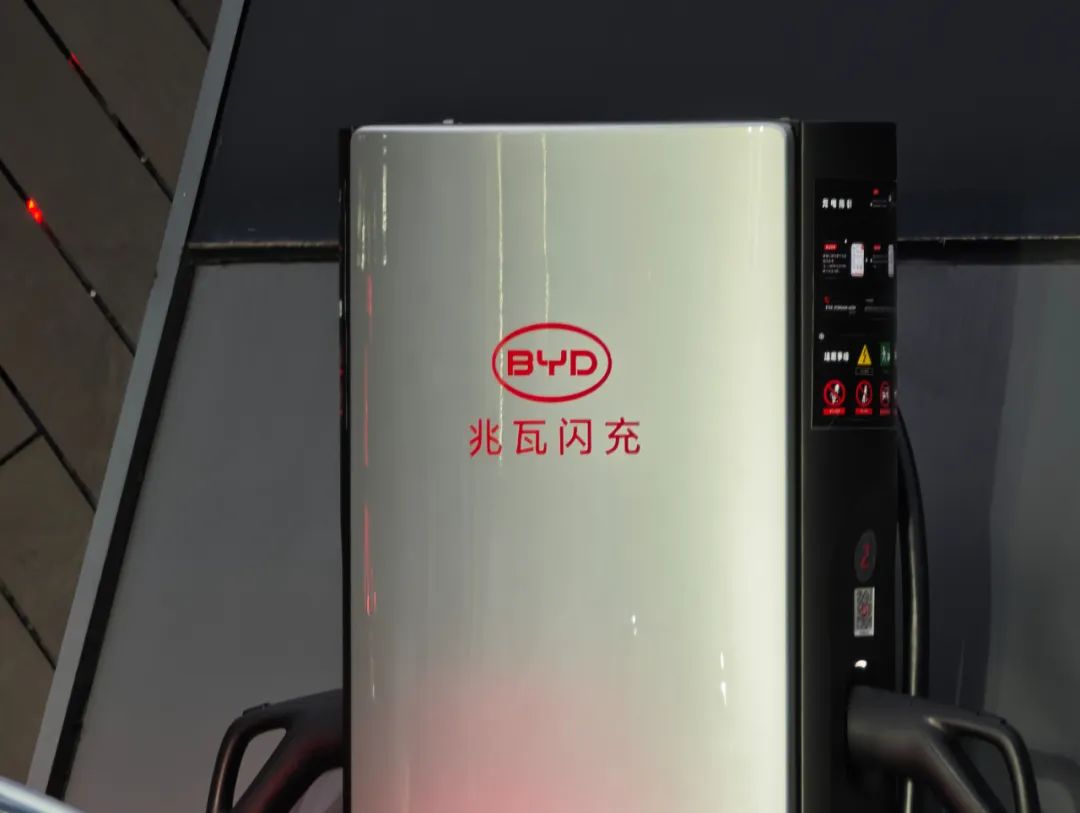
It is reported that taking BYD's "MegaWatt Flash Charge" charging pile as an example, compared to ordinary charging piles, it requires an energy storage cabinet equipped with multiple batteries to buffer the power supply pressure under ultra-high power charging. Additionally, service areas need additional power expansion to match, and the cost of building a "MegaWatt Flash Charge" charging station in a service area far exceeds that of an ordinary charging station.
Naturally, high construction costs lead to high charging fees. If the charging speed comparable to gas stations comes at the cost of vehicle usage comparable to gasoline vehicles, many pure electric vehicle owners will still opt for ordinary fast charging, even during the exceptionally busy holiday charging peak. Moreover, only a handful of vehicles on the market support ultra-high charging rates, so relying on ultra-fast charging to solve holiday charging problems is not realistic at least in the short term.
Based on YuanAuto's experience of self-driving a pure electric vehicle from Guangzhou to Gansu and back during the National Day holiday, improving charging efficiency from operational and maintenance perspectives, such as guiding vehicles to charge off the highway and optimizing charging pile management during peak hours, is a more feasible approach.
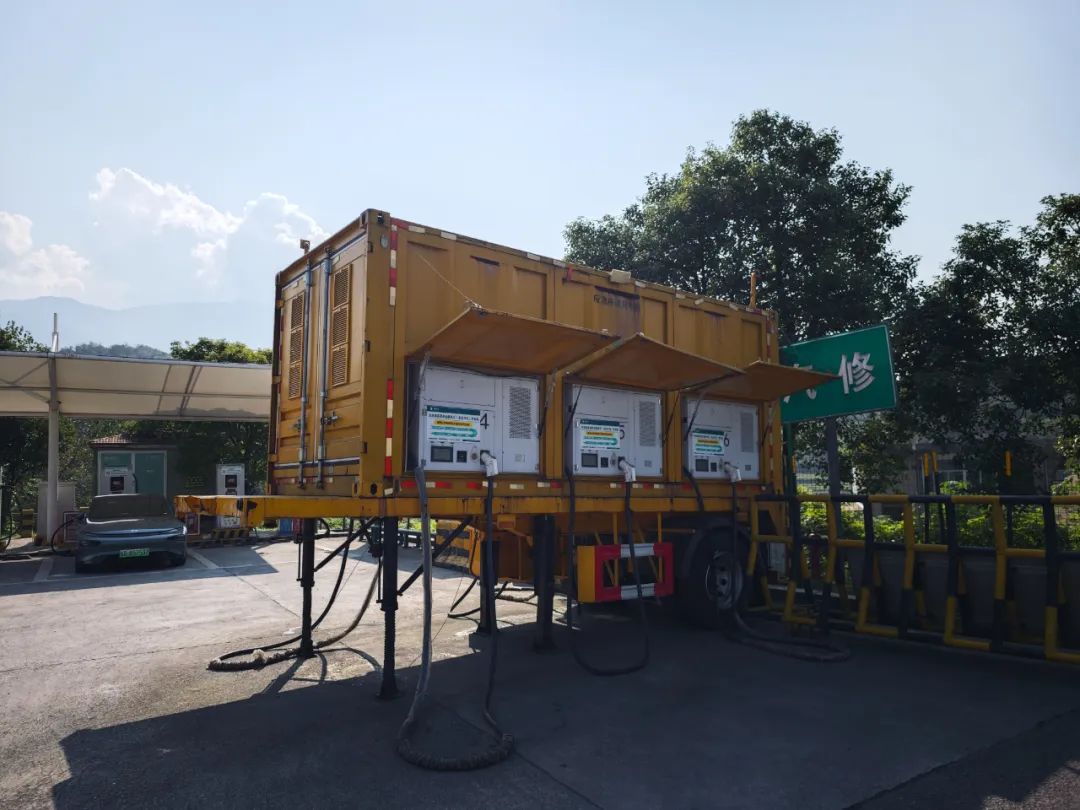
For instance, an increasing number of service areas implement charging by taking numbers, which is one of the management methods that effectively enhances charging efficiency. Additionally, some experts suggest setting more detailed charging strategies, as battery charging efficiency drops sharply when the battery is above 90% charged. Reducing inefficient charging through manual reminders or software-set charging limits is also highly beneficial in improving charging efficiency.
Furthermore, YuanAuto has also observed that more and more third-party charging stations tend to build stations near highway exits. Compared to service area charging stations, these stations not only offer abundant charging resources but also lower fees. However, discovering these highway exit charging stations requires careful itinerary planning before departure.
Even looking ahead to the next few years, charging in service areas during long holidays will remain a "long-standing and difficult" problem. Although a complete solution is unrealistic, we can still make more adequate preparations to cope with it.
Some images are sourced from the internet. Please inform us for deletion if there is any infringement.








